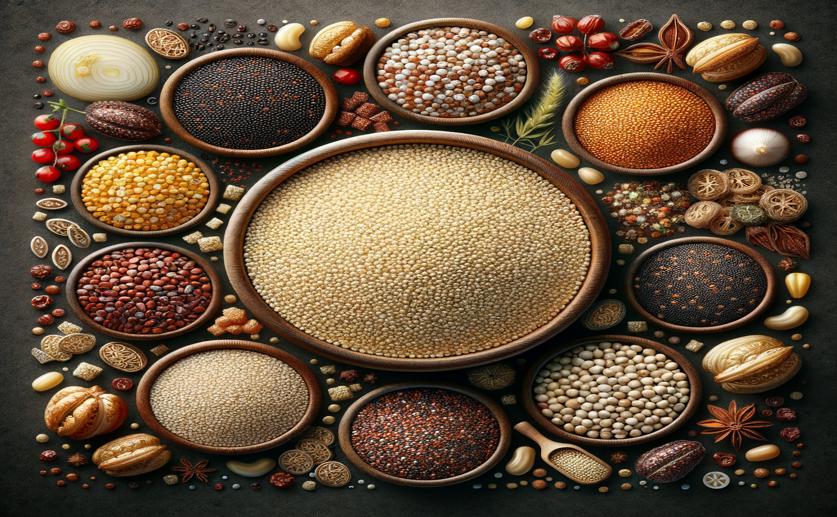
Nutrient and Advanced Lipid Analysis of Quinoa Varieties
Jim Crocker
11th August, 2024

Image Source: Natural Science News, 2024
Key Findings
- The study analyzed five quinoa varieties from Qinghai Province, China, focusing on their nutritional content and lipid composition
- Each quinoa variety had different levels of essential nutrients like protein, fiber, and fat
- The lipid analysis revealed 16 categories and 383 individual lipids, with glycerides making up over 70% and phospholipids over 11% of the total lipids
References
Main Study
1) Basic nutrients and UPLC- ZenoTOF-MS/MS based lipomics analysis of Chenopodium quinoa Willd. varieties
Published 10th August, 2024
https://doi.org/10.1186/s43014-024-00257-1
Related Studies
2) Quinoa (Chenopodium quinoa Willd.): composition, chemistry, nutritional, and functional properties.
3) Effect of Heat-Moisture Treatments on Digestibility and Physicochemical Property of Whole Quinoa Flour.
4) Effect of germination on the main chemical compounds and 5-methyltetrahydrofolate metabolism of different quinoa varieties.



 20th May, 2024 | Jenn Hoskins
20th May, 2024 | Jenn Hoskins